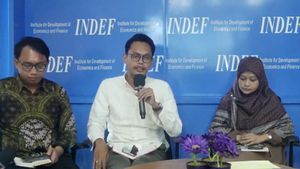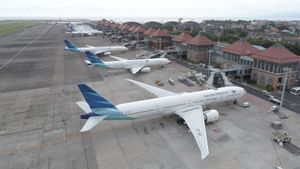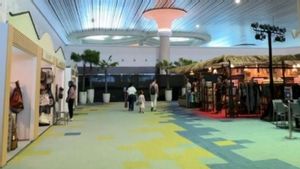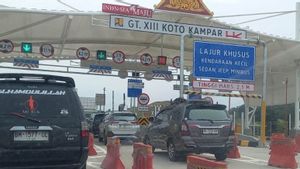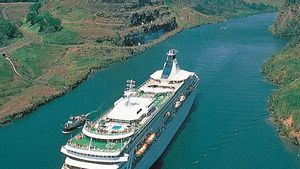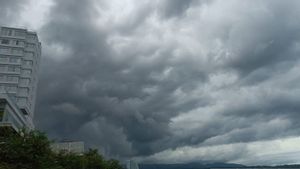JAKARTA - The Ministry of Energy and Mineral Resources through the Directorate General of Oil and Gas revealed that the construction of gas network infrastructure (jargas) in 2024 will not reach 2.5 million household connections.
Director of Planning and Development of Oil and Gas Infrastructure of the Ministry of Energy and Mineral Resources Laode Sulaeman even though it has not reached the target, his party ensures that there will be additional gas lines in 2024.
"Followed as much as possible. There is no (number) yet," Laode told the media quoted on Monday, January 22.
According to him, his party has not set a target for the construction of jargas this year because this infrastructure is not only built with the state budget but also from business entities such as PT Perusahaan Gas Negara (PGN) through the Government Cooperation with Business Entities (PPP) scheme.
"So, hopefully there will be an addition, although it will not reach 2.5 million," continued Laode.
Regarding the achievement of jargas development through the KPBU scheme, Laode said that so far nothing has succeeded because his party will only conduct an auction. In addition, the construction of jargas by cooperating with the private sector is still stumbling over the rules.
With this PPP scheme, he said, there are benefits offered to business entities, namely the risk of business entities in the construction of gas lines, some of which will be borne by the government.
The next benefit, continued Laode, is that by developing the KPBU scheme, the jargas connection that is built can be carried out in a more massive format. So that it will accelerate the growth in the use of natural gas for the community.
On the other hand, Laode said that there are still challenges faced to carry out the construction of gas lines with the KPBU scheme, namely related regulations must be addressed immediately, one of which is Presidential Decree No. 6 of 2019.
He added that another challenge is that the KPBU scheme cannot be replicated in terms of implementation between one location and another, so that every time you carry out a jargas program somewhere you will need a study.
"This means that once we get one model, then this cannot necessarily be implemented into other cities. So every city that we want to develop the KPBU scheme, we need to do a study first, because from the regulatory point of view then map the location of the regions, and the risk profile is different," he explained.
In terms of economics, it is also another challenge, continued Laode, where the economy must be calculated in detail, to attract business entities to want to participate in building gas lines with the KPBU scheme, so that it will guarantee its economy up to the KPBU period.
SEE ALSO:
Then it also needs to be discussed, he added, the jargas transition strategy that was built through KPBU so that it no longer uses LPG, so that LPG can be distributed to areas that have not been able to enjoy jargas.
"This is still in the discussion stage at the Ministry of Energy and Mineral Resources on how areas that have used gas lines will gradually withdraw their LPG, and be allocated to areas that do not yet have gas and are more in need," said Laode.
The English, Chinese, Japanese, Arabic, and French versions are automatically generated by the AI. So there may still be inaccuracies in translating, please always see Indonesian as our main language. (system supported by DigitalSiber.id)



